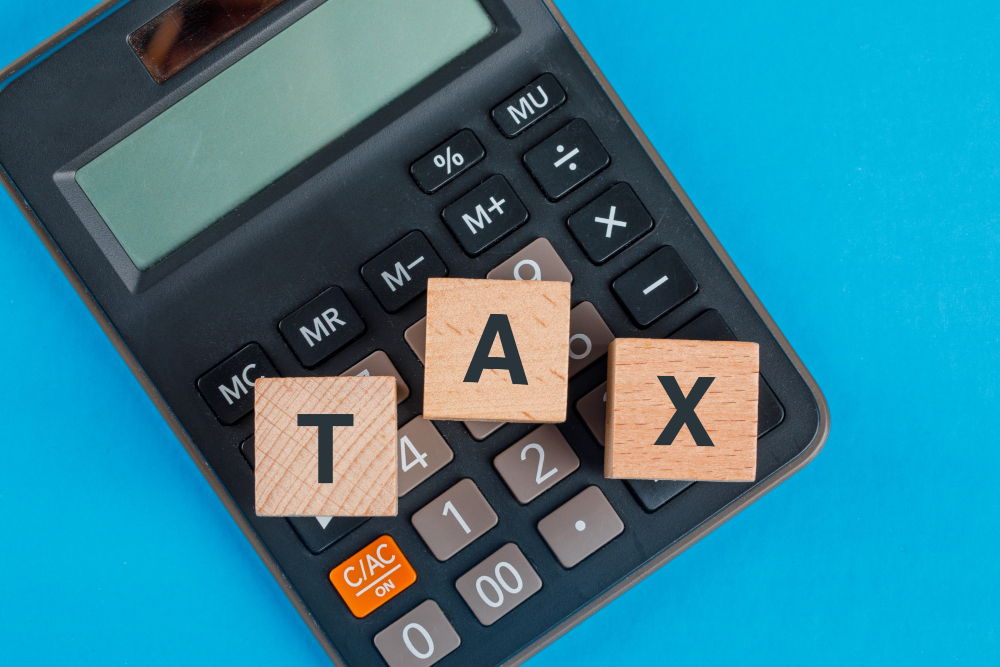Streamlining Escrow Taxation: Identifying Inefficiencies and Proposing Solutions
[By Kushagra Dwivedi] The author is a student at Dr. Ram Manohar Lohiya National Law University. INTRODUCTION Escrow agreements are a dominant payment mechanism for M&A transactions. Escrow agreements are a form of deferred payment where the consideration for a contract is payable at a future date rather than the date of disposal of asset. With the advent of the new Union Budget being so focused on bolstering the start-up and business sector with changes like the abolition of Angel Tax, a closer look is warranted at how payment mechanisms for such businesses are taxed. A capital asset is any kind of property held by a person, whether tangible or intangible. Whenever a capital asset is sold, the profits or losses on the amount realised is subject to capital gains. When dealing with transactions that involve a large amount of capital like Share Purchase Agreements (‘SPAs’) where shares of a company are purchased, the tax liability of the taxpayer needs to be carefully calculated. Section 48 of the Income Tax Act (‘IT Act’) describes how the capital gains tax is supposed to be computed. It, however, proves inadequate in computing the tax liability arising from transactions that utilise methods of deferred payment like escrow. The mechanism does not account for the nuances included in transactions with deferred considerations like adjusting for the change in market value at the time. When the consideration is received or when the deferred consideration is not received in the future, calculating the adjustments in the actual value of the consideration received after inflation proves complicated. One of the main points of contention being when the liability of paying capital gains arises on the taxpayer, in the year of accrual of the income or in the year of transfer of the income. For example, if A wants to sell his stake in XYZ Ltd. to B for 5,00,000 where 3,00,000 would be paid up front while the remaining 2,00,000 would only be paid after A meets certain obligations. In such a case, the capital gains tax would be levied on the 2,00,000 only when the amount is actually accrued to A whereas in the latter view, the entire sale of 5,00,000 would be chargeable to tax. While the judicial stance as to how deferred payment mediums are to be taxed is riddled with many seemingly contradictory judgments, a closer look at the logic behind the court’s reasoning shows the real income theory being used as a basis. This article aims to analyse its shortfalls and give suggestions to ensure efficiency for computing tax liability using real income. Firstly, it analyses cases that approved of taxing in the year of accrual. Then moving on to judgements that hold that the same should be taxed in the year of sale and further providing solutions to resolve such ambiguity. CASE ANALYSIS Real Income Theory & Legal Right to Income The main reasoning adopted by the courts for taxing deferred income in the year of accrual is underlined in the case of Dinesh Varzani vs. DCIT. (‘Varzani Case’). The Bombay High Court, (‘HC’) relying upon the judgement of the Supreme Court (‘SC’) in CIT Vs. Shoorji Vallabhdas and Co. says that income tax can only be levied upon the real income earned by an assessee. In a case when income does not accrue towards the assessee, no tax can be levied even though in some cases. In the case of Ajay Guliya v. ACIT (‘Ajay Guliya Case’), the Delhi HC stated that an amount can accrue or arise towards the assessee if they acquire a legal right to receive the amount; mere raising of a claim does not create a legally enforceable right to receive the same. After taking a closer look at lawsuits concerning tax liability in escrow accounts, a common essential can be gleaned, that a right towards the amount parked in escrow should never have arisen on part of the taxpayer and the income must never have been accrued in the first place. The Ajay Guliya Case underlines the right to income doctrine while the Varzani case delineates the Right to Income theory that is often used by the courts to resolve such issues. The court relied upon the case of CIT vs Bharat Petroleum Corporation Ltd., owing to an oversight by the assessee company where they failed to adhere to the accounting principles set by the government for a price stabilizations scheme, the assessee ended up with an excess claim of about INR 44,47,482 that was to be settled via a dedicated scheme account. However, the Calcutta HC held that since neither the government accepted the claim for the aforementioned amount and neither any settlement via arbitration occurred, the inclusion of the amount would be unlawful. In Modi Rubber vs ACIT, (‘Modi Rubber Case’) the Income Tax Appellate Tribunal, Delhi (‘ITAT’) holds that because the deferred amount decided upon in their SPA was directly transferred to the escrow amount without the taxpayer ever having the legal right to claim it and the possibility of them recovering the entire amount deposited in escrow being too remote due to the terms of the SPA, taxing the entire sale consideration including the deferred payment would amount to taxing a notional income instead of the real income of the assessee. The court held that owing to special subsequent facts that led to the diminishment of the assessee’s claim towards the amount parked in escrow causing a decrease in the real income of the assessee, the same would not be taxable in the year of sale. Contrasting Judgements – Furthering Judicial Uncertainty? The same ratio has been followed in Caborandum Universal Ltd v. ACIT, (‘Caborandum Case’) where the Madras HC states that because the SPA which was entered into by the taxpayer agreed upon the full and final sale consideration and the entire amount was paid to the taxpayer without any deductions, it will be offered to tax. The right of the taxpayer on the money was never disputed.
Streamlining Escrow Taxation: Identifying Inefficiencies and Proposing Solutions Read More »









